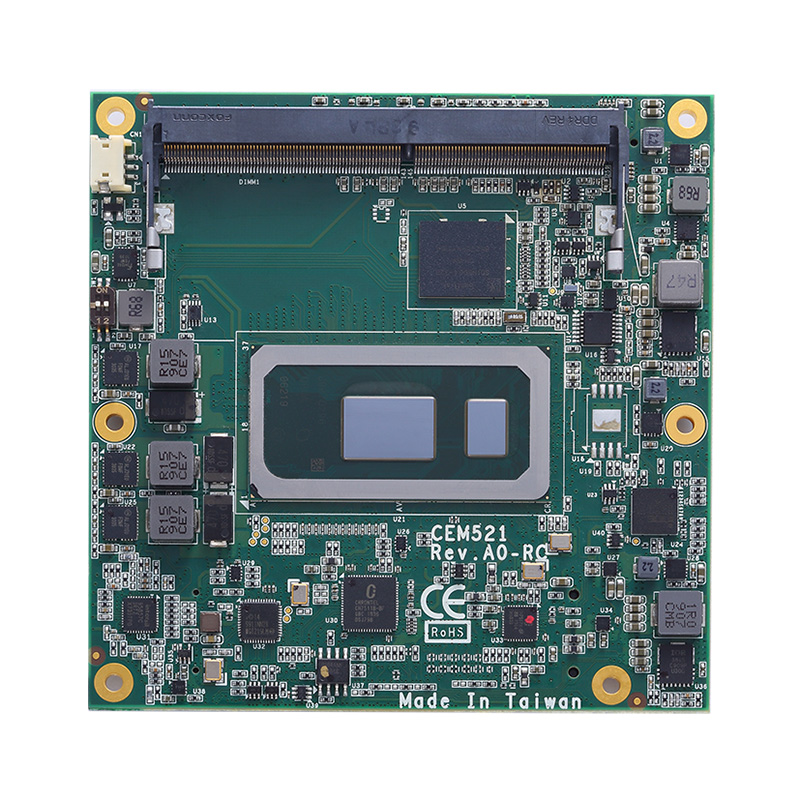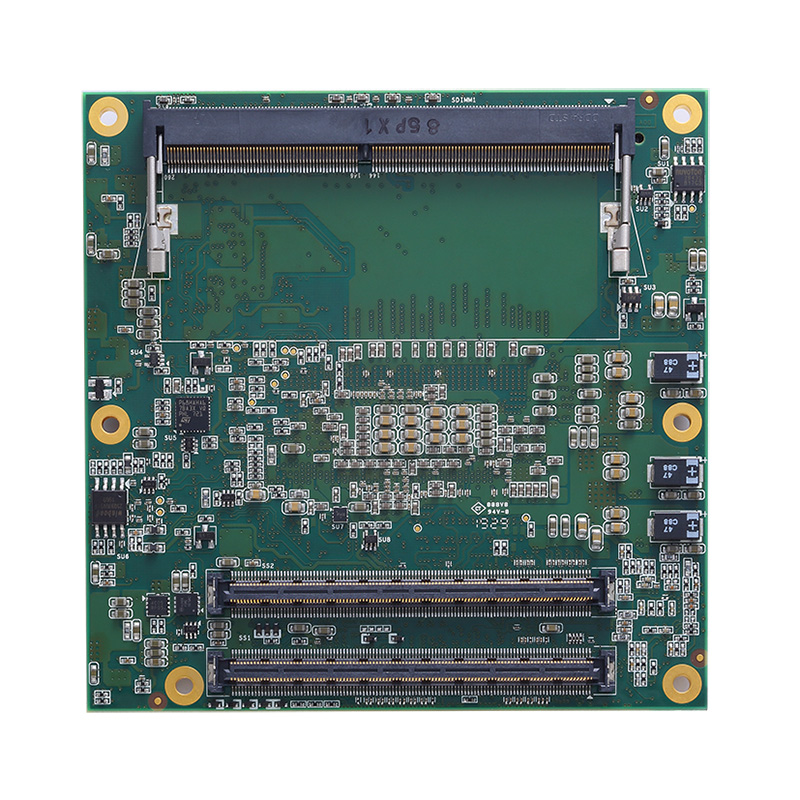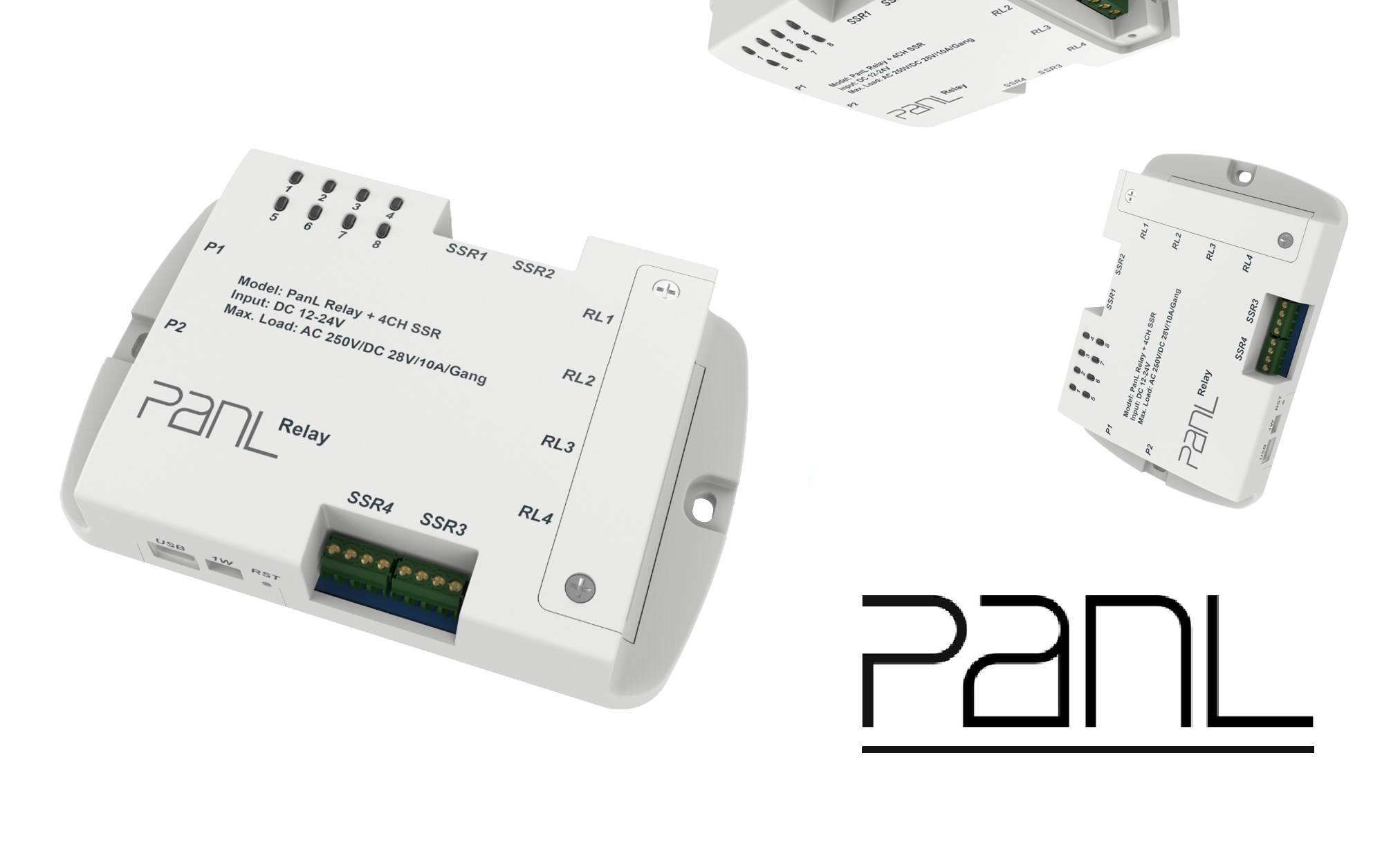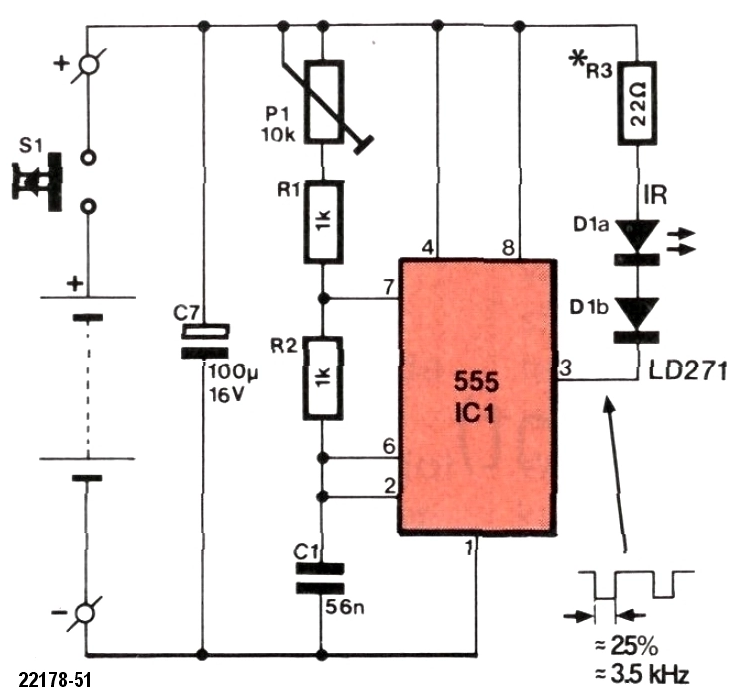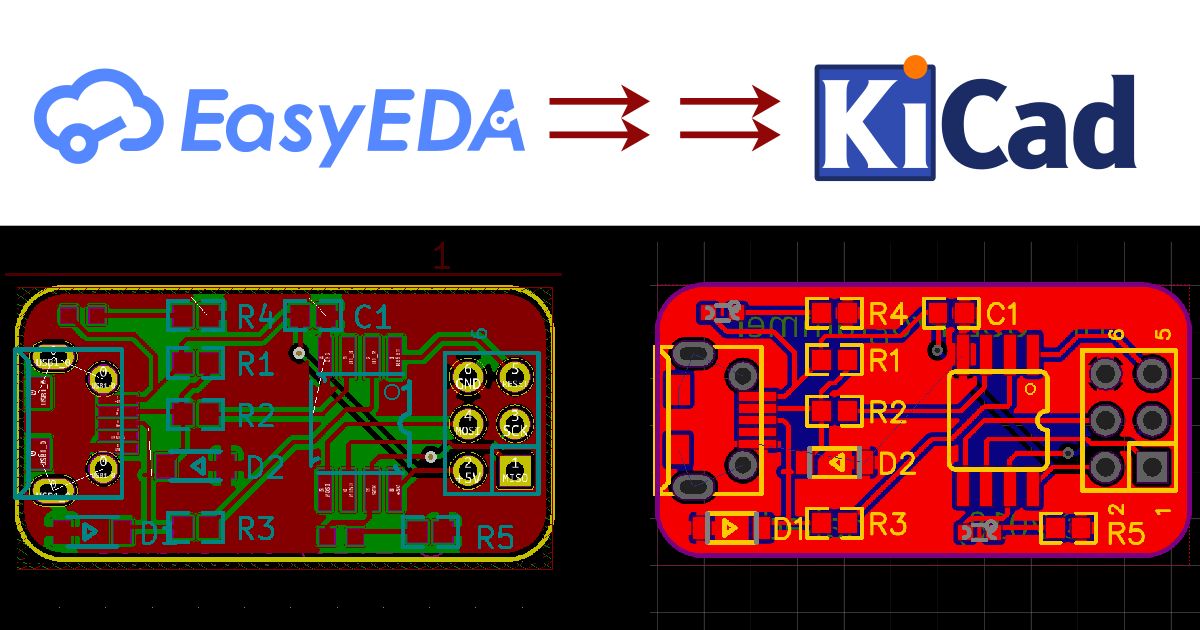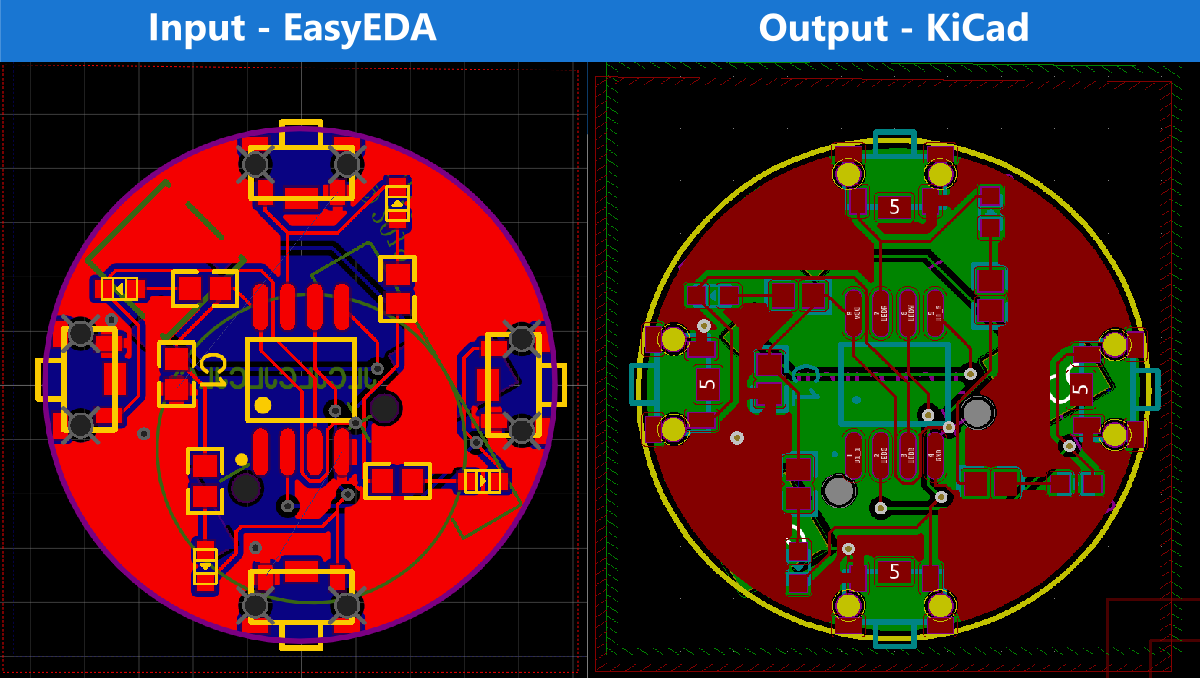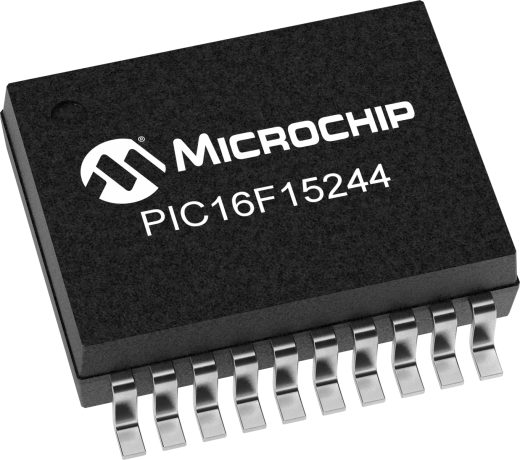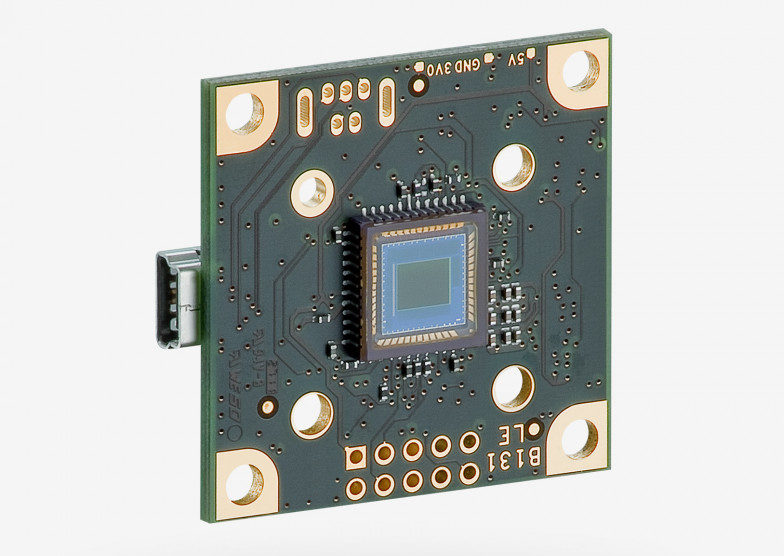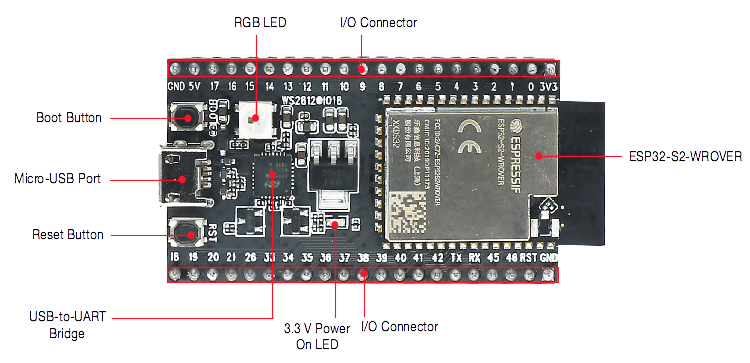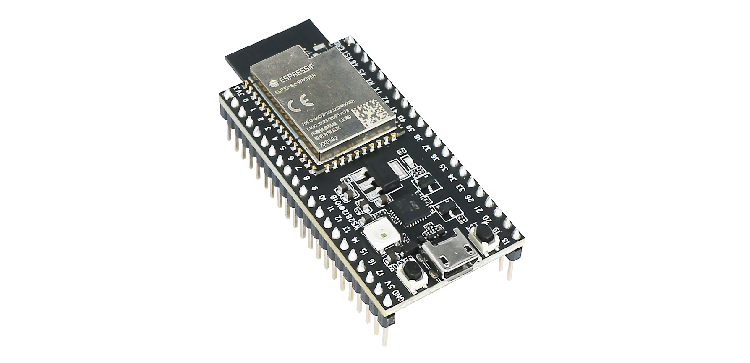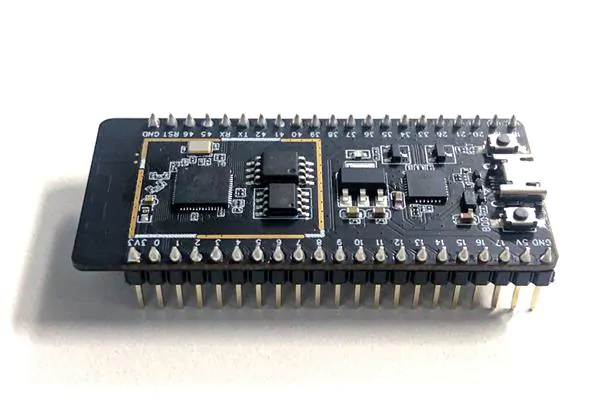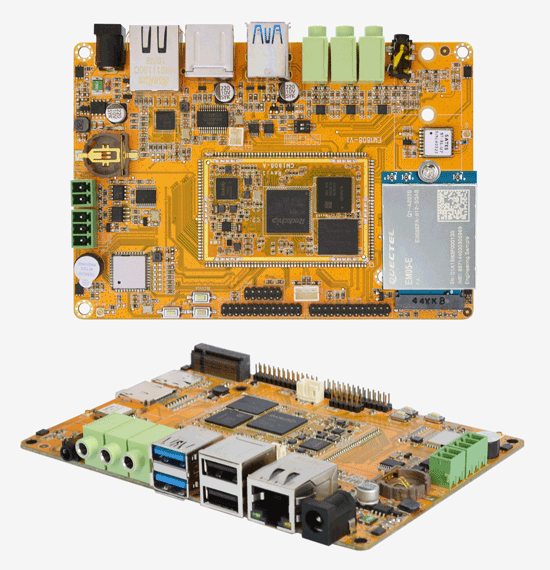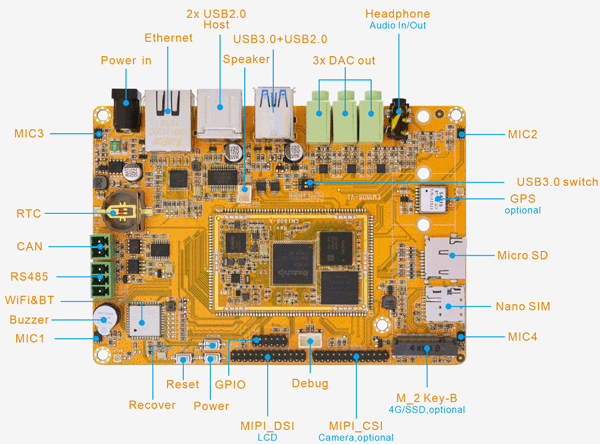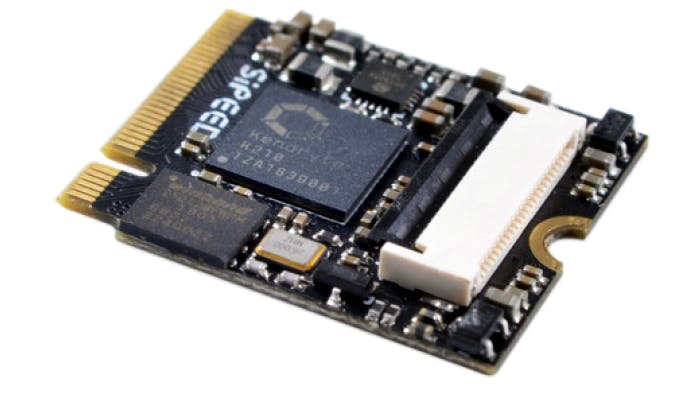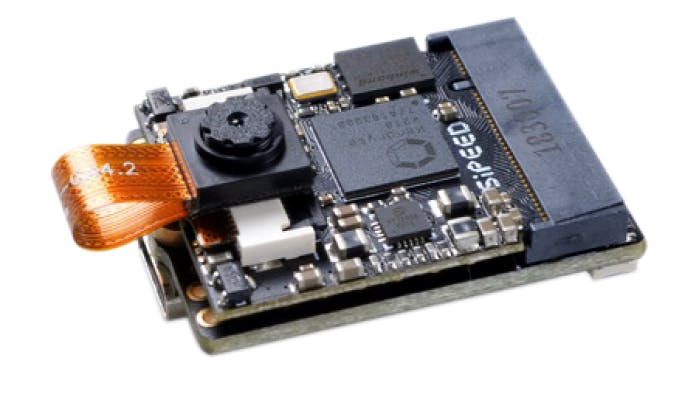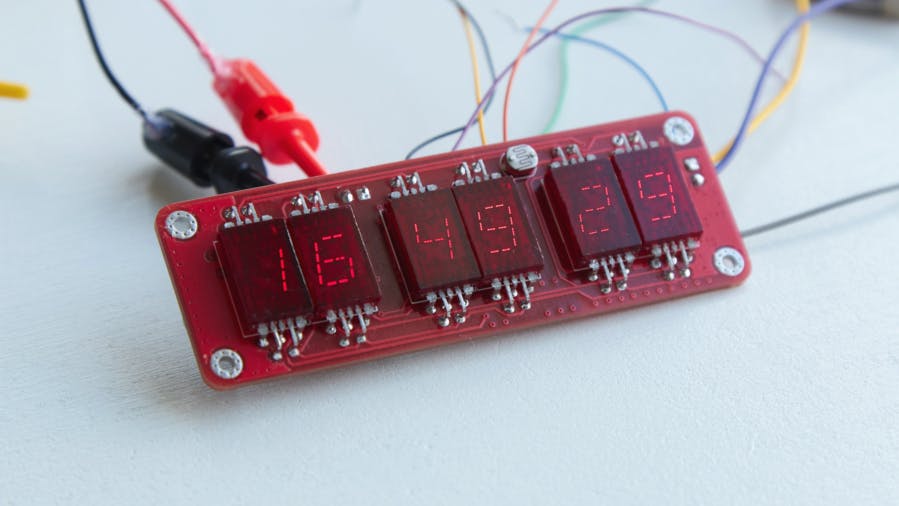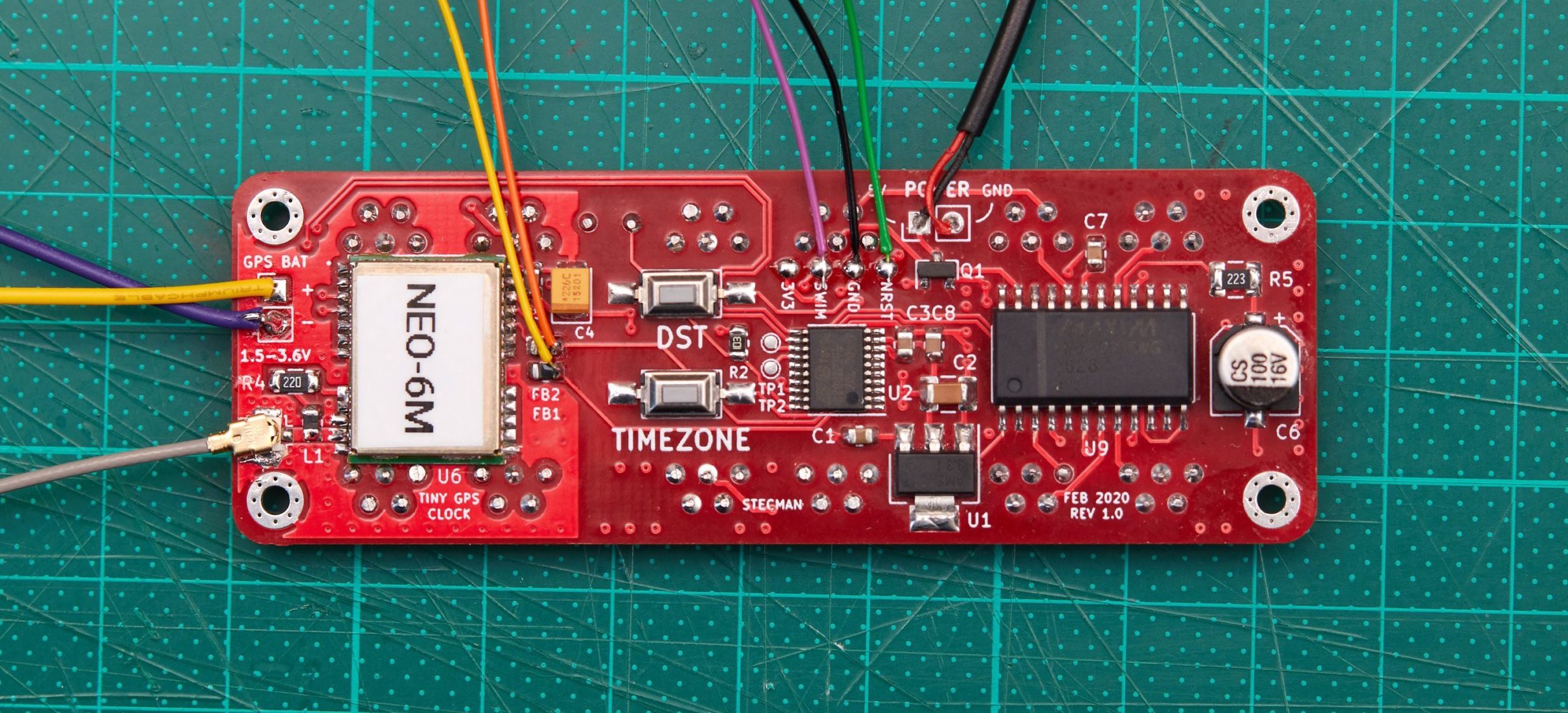Axiomtek – a world-renowned leader relentlessly devoted in the research, development and manufacture of series of innovative and reliable industrial computer products of high efficiency – is announcing the CEM521, a COM Express Type 6 compact form factor module powered by the latest 8th generation Intel® Core™ i7/i5/i3 processor or Intel® Celeron® processor 4305UE (codename: Whiskey Lake-U). It is suitable for harsh operating conditions with an extended operating temperature range of -40°C to +85°C (-40°F to +185°F). The 4K-ready system on module was designed for graphics-intensive Industrial IoT applications including industrial control system, medical imaging, digital signage, gaming machines, military, and networking.
The palm-sized CEM521 is packed with a variety of rich features including low power consumption, industrial temperature support and high graphic processing capability. The COM Express Type 6 compact module supports two DDR4-2400 SO-DIMM sockets for up to 64GB of system memory. The power-efficient CEM521 is also integrated with Intel® Gen 9 graphics and supported with DX12.0, OCL 2.0 and OGL 4.3 for excellent graphics performance with a resolution of up to 4K (4096 x 2160 @ 30 Hz). It offers three independent display support through one LVDS, one VGA and one DDI ports for HDMI/DisplayPort.
Advanced Features:
- 8th gen Intel® Core™ i7/i5/i3 and Celeron® processors (codename: Whiskey Lake-U)
- 2 DDR4-2400 SO-DIMM for up to 64GB of memory
- up to 8 lanes of PCI Express
- 3 SATA-600
- 4 USB 3.0 and 8 USB 2.0
- TPM 2.0 supported
AMS.AXView intelligent remote management software
“The CEM521 was designed for users who need a powerful, compact, flexible solution. The embedded module provides versatile features and benefits to reduce the design effort and accelerate time to market for quick deployment,” said Vicky Chen, a product manager of EPDE PM Division at Axiomtek. ”Moreover, we also offer the CEB94011 which is a selectable evaluation board to operate with the CEM521 to allow for fast turnkey development.”
The intel® Core™-based CEM521 comes with multiple I/O options including eight PCI Express lanes, three SATA-600 interfaces, one Gigabit LAN port with Intel® i219-LM Ethernet controller, four USB 3.0 ports, eight USB 2.0 ports, one LVDS, one VGA, one DDI, and four digital I/O channels. Also, the LPC bus is available for easy connection of legacy I/O interfaces. The CEM521 supports 12V power DC input applications. Trusted Platform Module (TPM 2.0) is also supported to provide efficient hardware-based data protection. This new low-power COM Express type 6 module is compatible with Windows® 10 and Linux operating systems. It also supports AMS.AXView, Axiomtek’s exclusive software for smart device monitoring and remote management applications.
Axiomtek’s CEM521 is now available for purchase. For more product information or customization services, please visit our global website at www.axiomtek.com or contact one of our sales representatives at info@axiomtek.com.tw.



